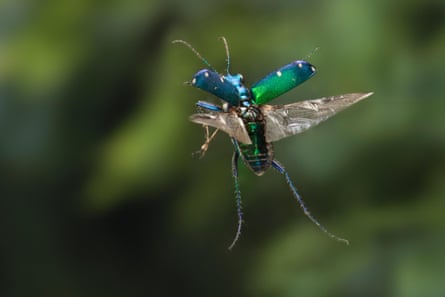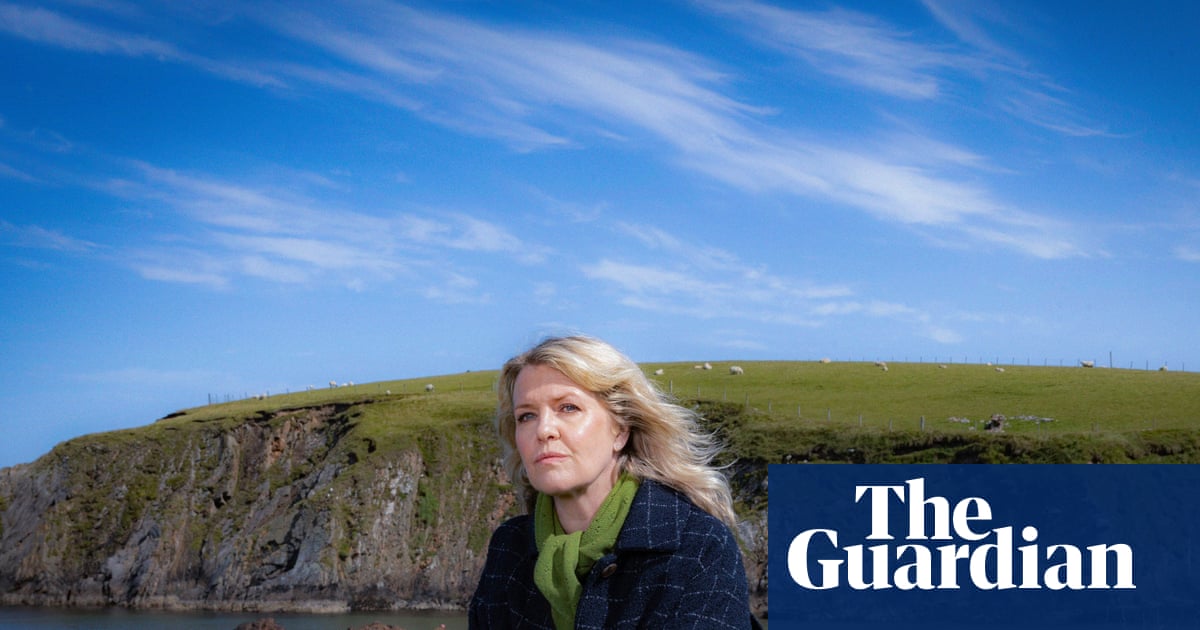Island-dwelling insects have not been spared the ravages of humanity that have pushed so many of their invertebrate kin into freefall around the world, new research on Fijian ant populations has found.
Hundreds of thousands of insect species have been lost over the past 150 years and it is believed the world is now losing between 1% and 2.5% a year of its remaining insect biomass – a decline so steep that many entomologists say we are living through an “insect apocalypse”. Yet long-term data for individual insect populations is sparse and patchy.
A new study in the journal Science sheds light on what is happening to insects in some of the world’s most distant places. “There is global concern about the ‘insect apocalypse’, but a lot of uncertainty and debate about what is actually happening,” said Evan Economo, an entomologist at Japan’s Okinawa Institute of Science and Technology and co-author of the research.
“We have a new kind of evidence of something we long suspected: that insect species endemic to remote islands are in decline.”

Economo and his colleagues analysed genomes of ant populations from the Fijian archipelago gathered in recent decades and held in museum collections. From thousands of specimens, they used scientific methods to infer whether ant populations were growing or shrinking based on variations in DNA sequences among individuals.
They found that 79% of Fiji’s endemic ant species were in decline, with impacts beginning at the time of humans’ arrival on the islands about 3,000 years ago and speeding up in the past 300 years – coinciding with European contact, global trade and the arrival of modern agriculture.
For remote tropical islands where comprehensive historical observations are rare, understanding how insects have been harmed by human activities is hard to ascertain but critically important. Islands are hotspots of biodiversity because of their isolation. This also makes them especially vulnerable to extinctions.
“Remote oceanic islands like the Galápagos, Hawaii and Fiji harbour species that evolved in isolation and often have spectacular differences from their mainland relatives,” Economo said.
The research adds to a patchwork map of findings from the world’s ecosystems. In Germany, the abundance of flying insects across 63 nature reserves has dropped by 75% in less than 30 years. In the US, beetle numbers have plummeted by 83% in 45 years, and about 15% of tiger beetle species there are in decline. Europe’s grassland butterfly population has shrunk by 36% over the past decade.
Insect populations are being hammered from all sides as habitat loss, pesticide use, climate breakdown and light pollution all add to the emptying out of the world’s wetlands, forests and grasslands.
“We need to look at insects in more places, with more methods, to understand what is happening to insects and other invertebrates,” Economo said.
Find more age of extinction coverage here, and follow the biodiversity reporters Phoebe Weston and Patrick Greenfield in the Guardian app for more nature coverage

 1 month ago
38
1 month ago
38

















































